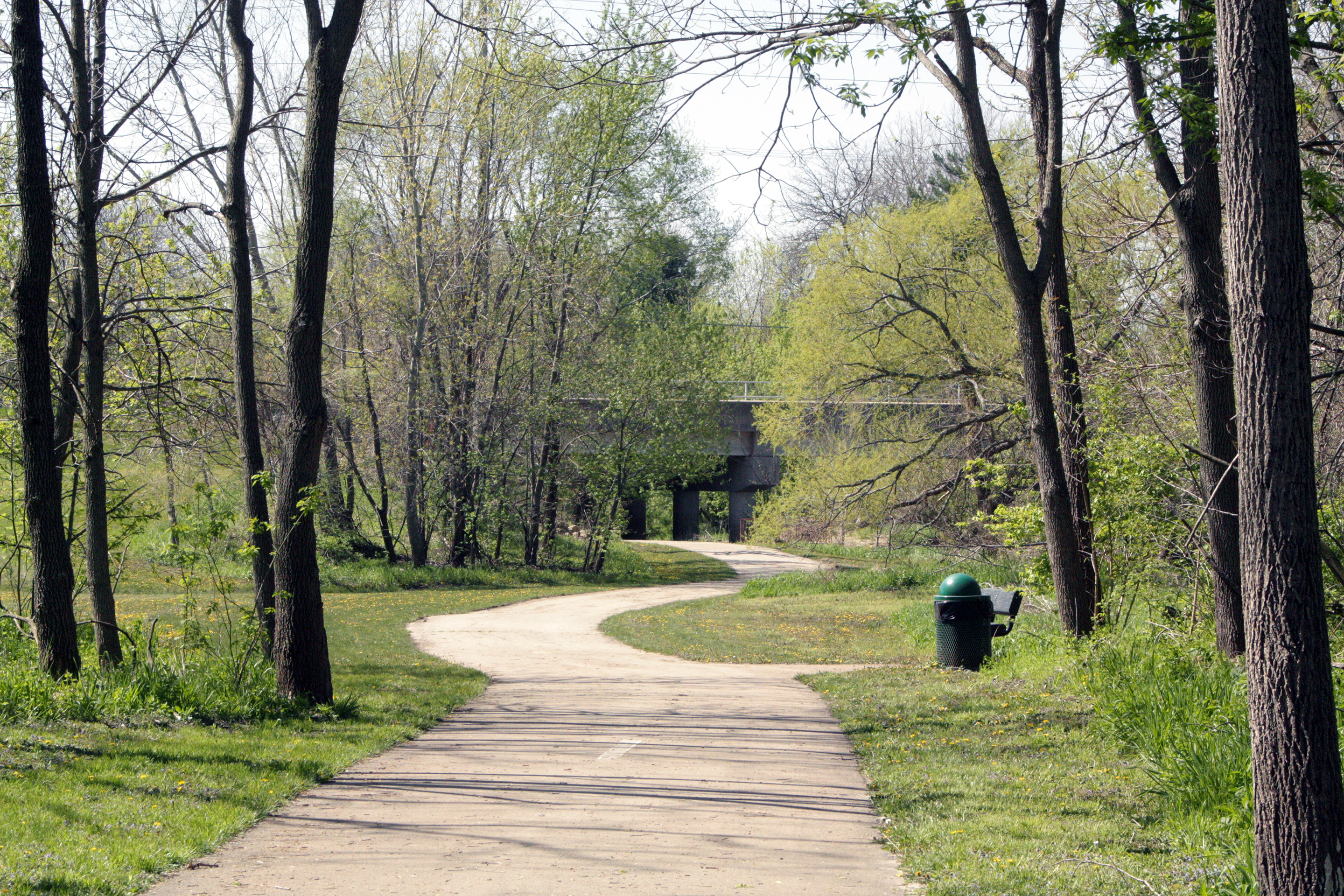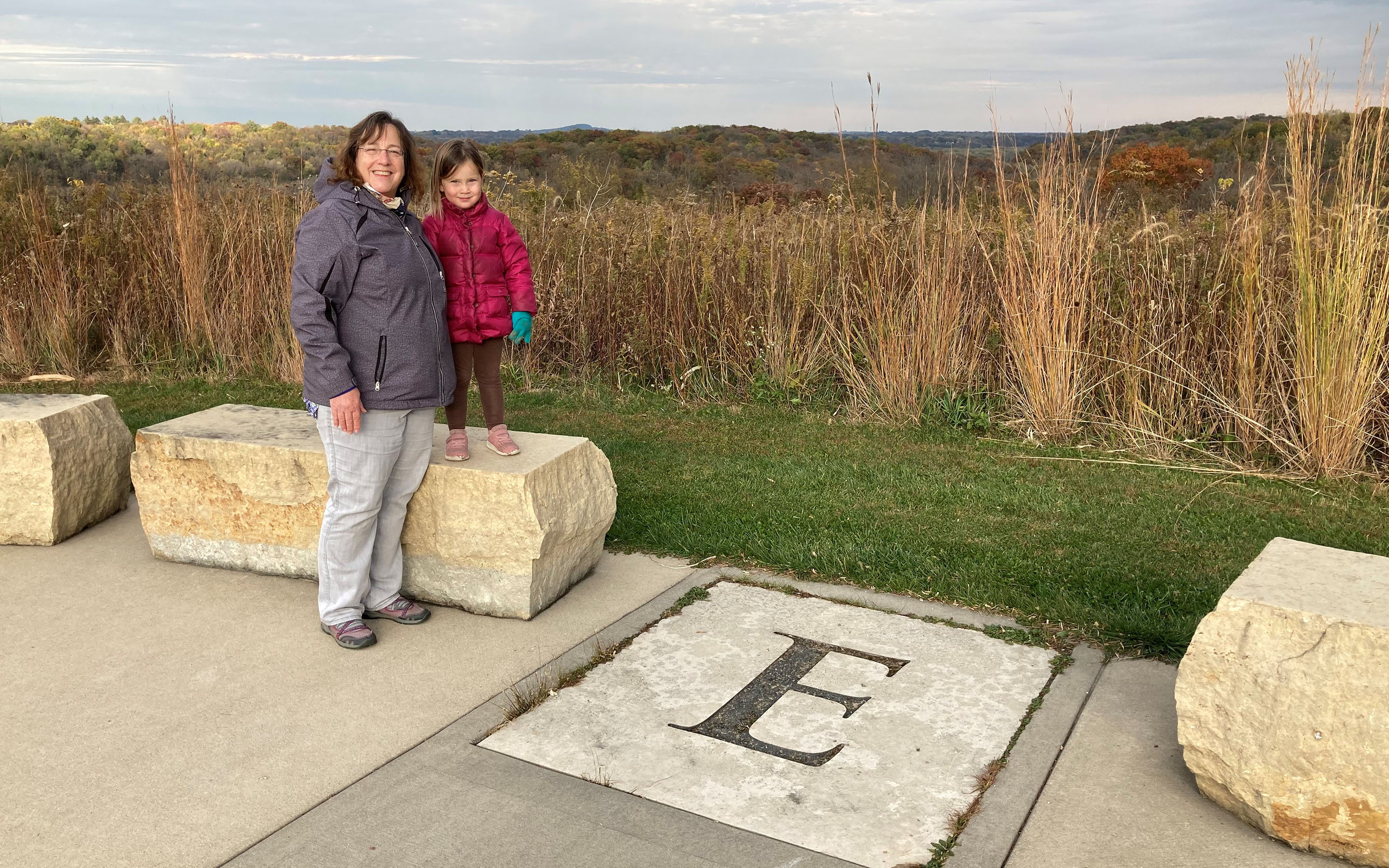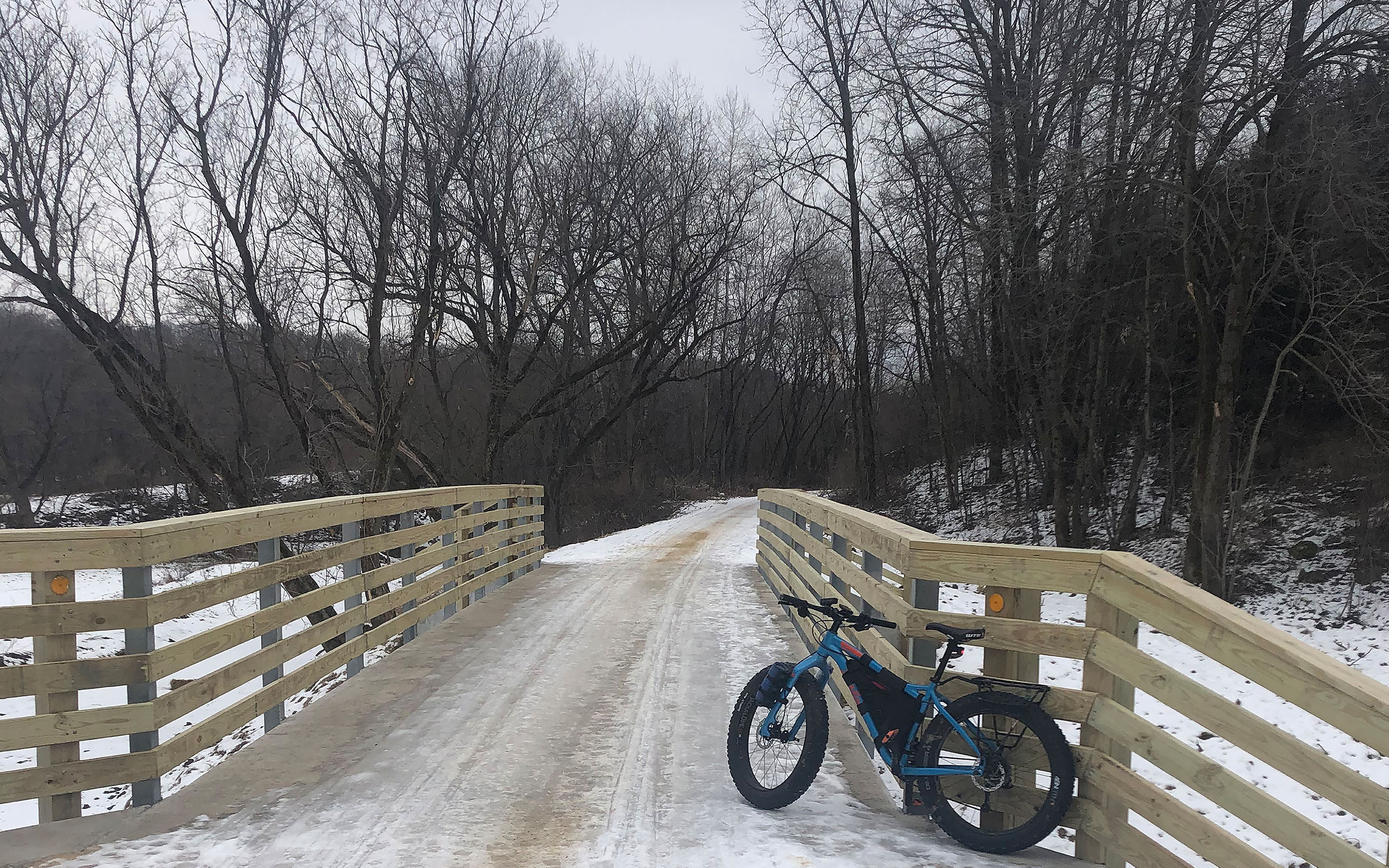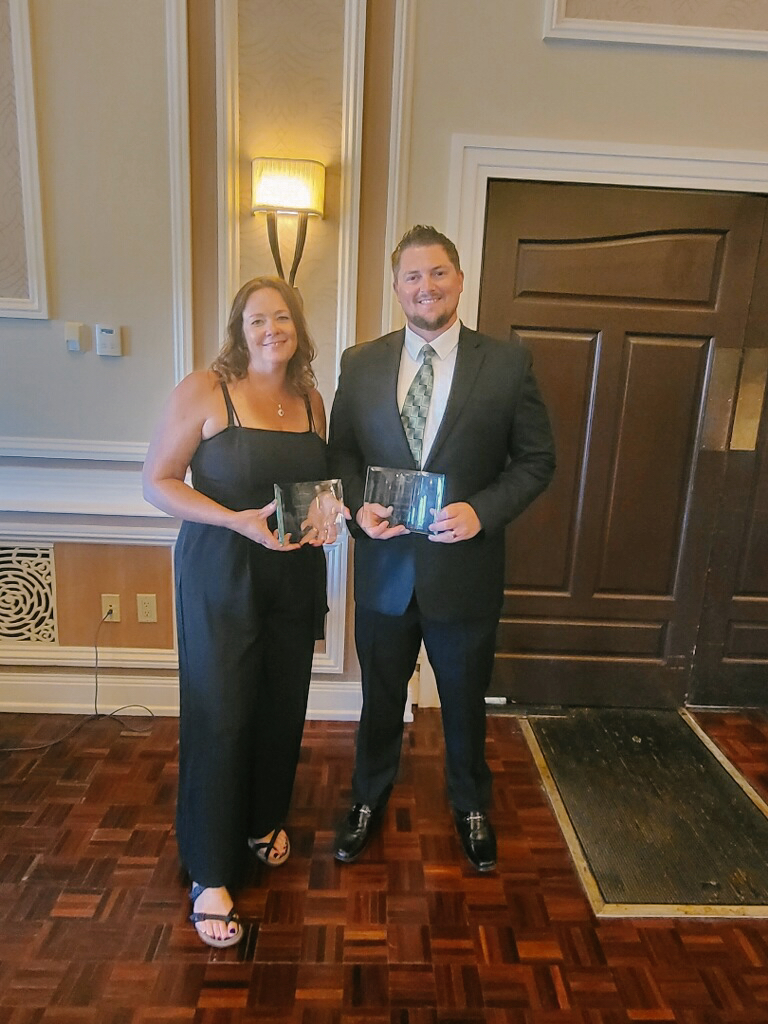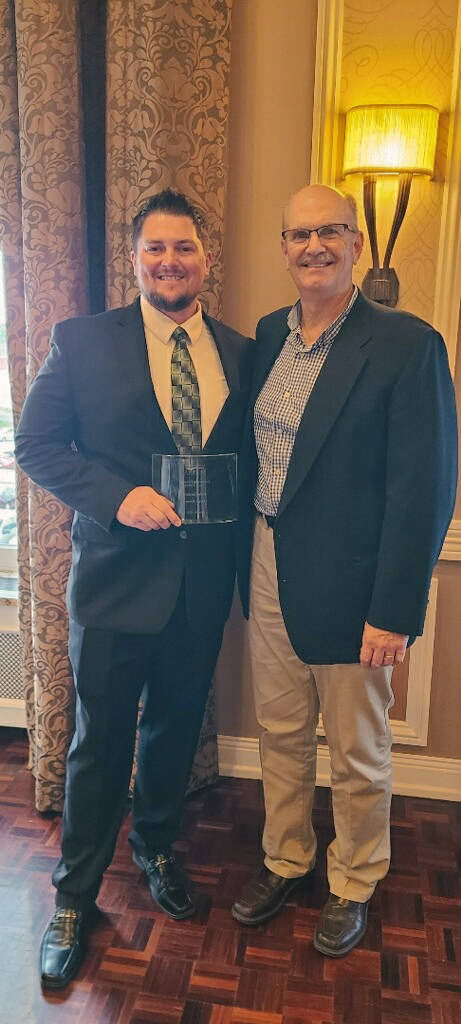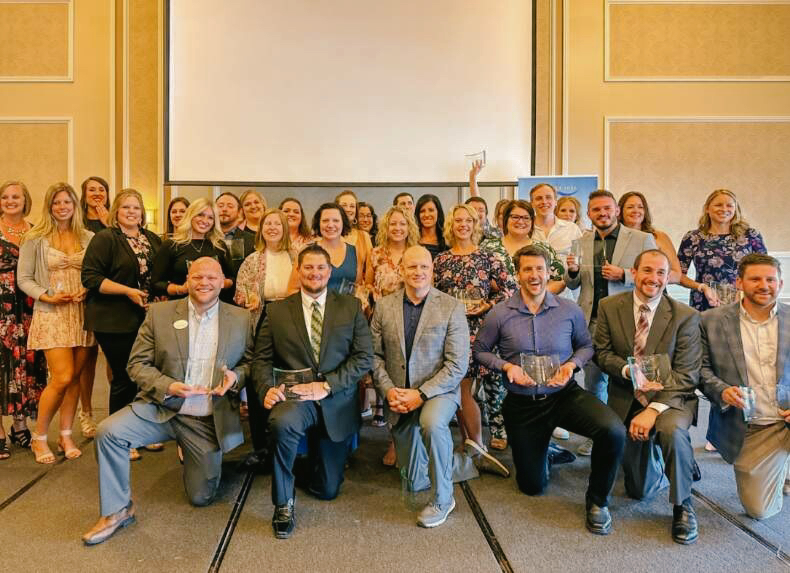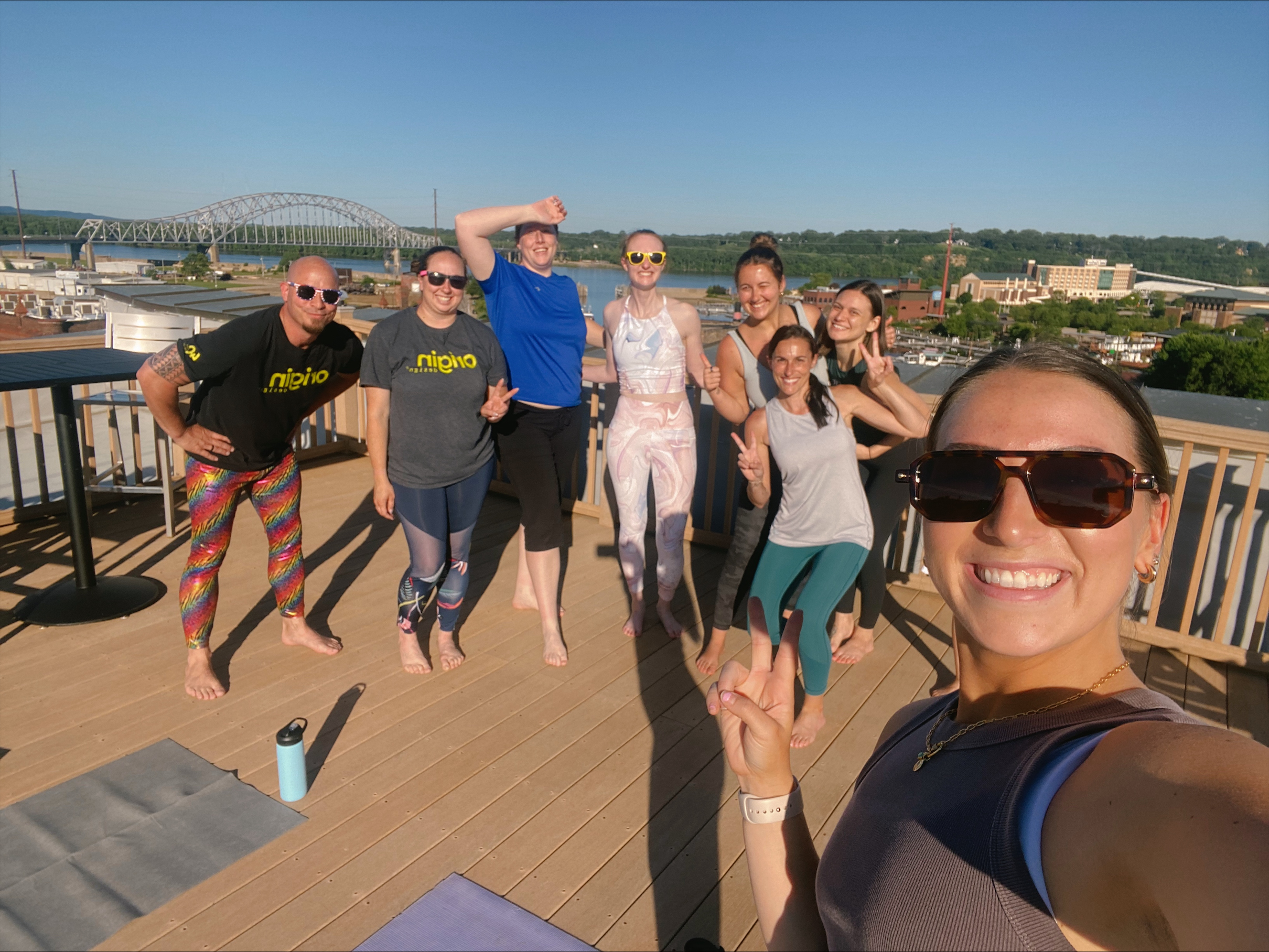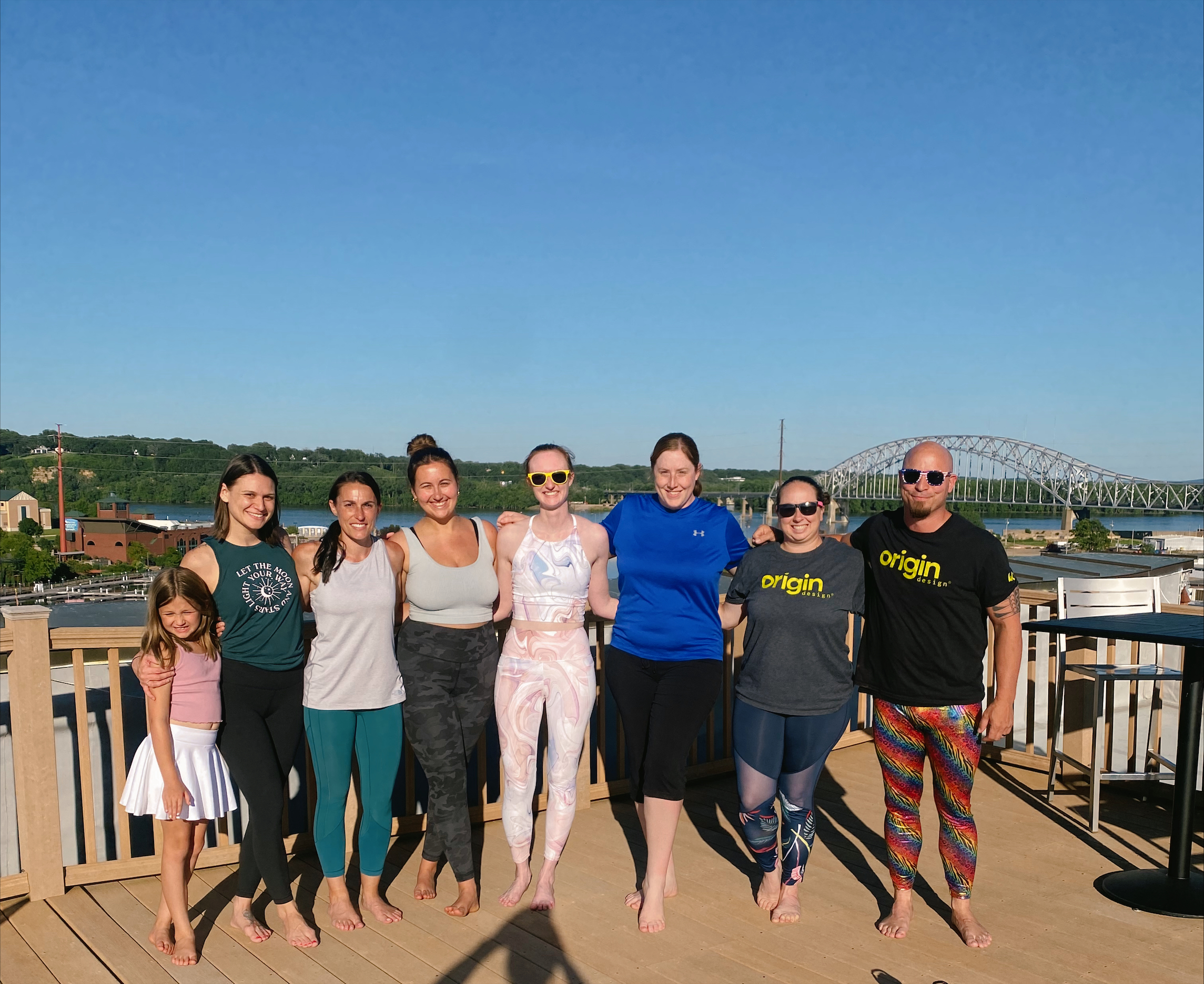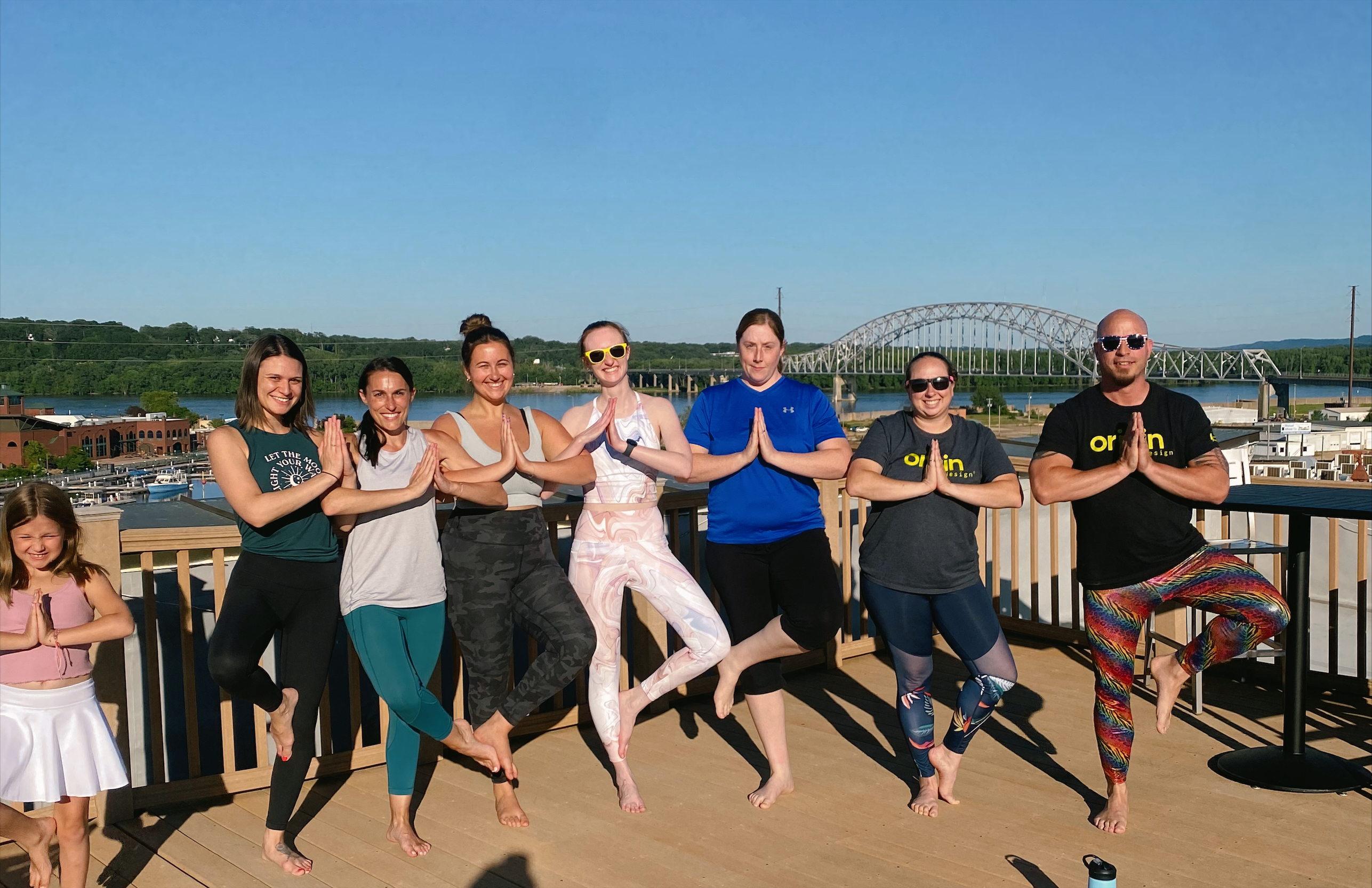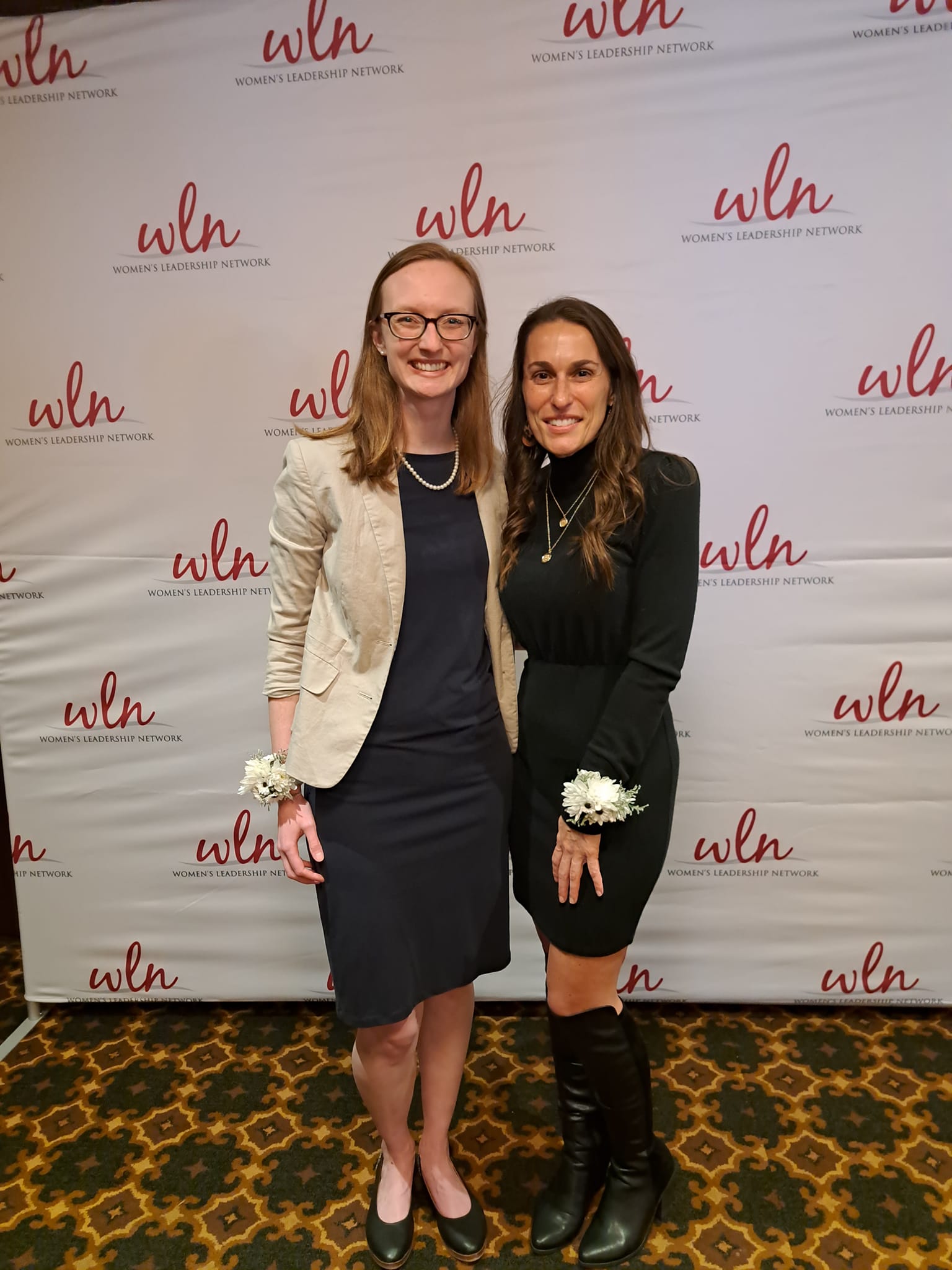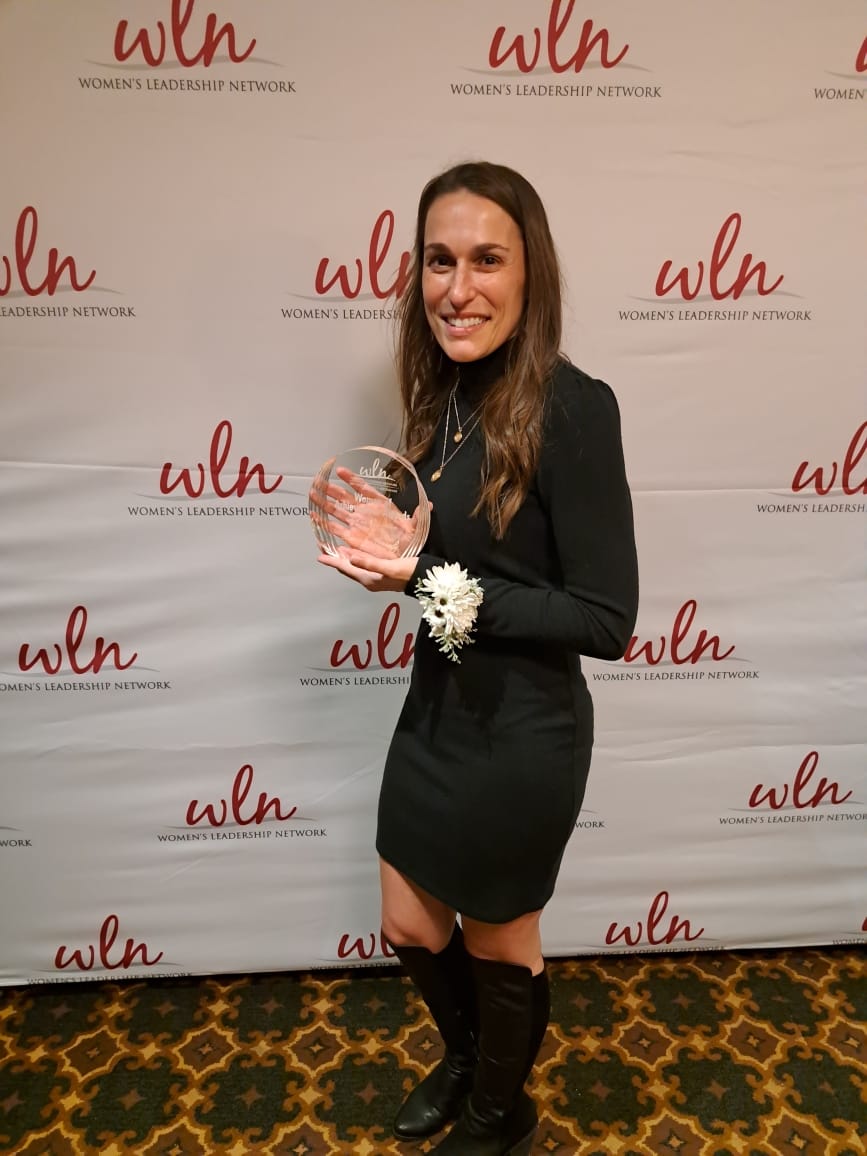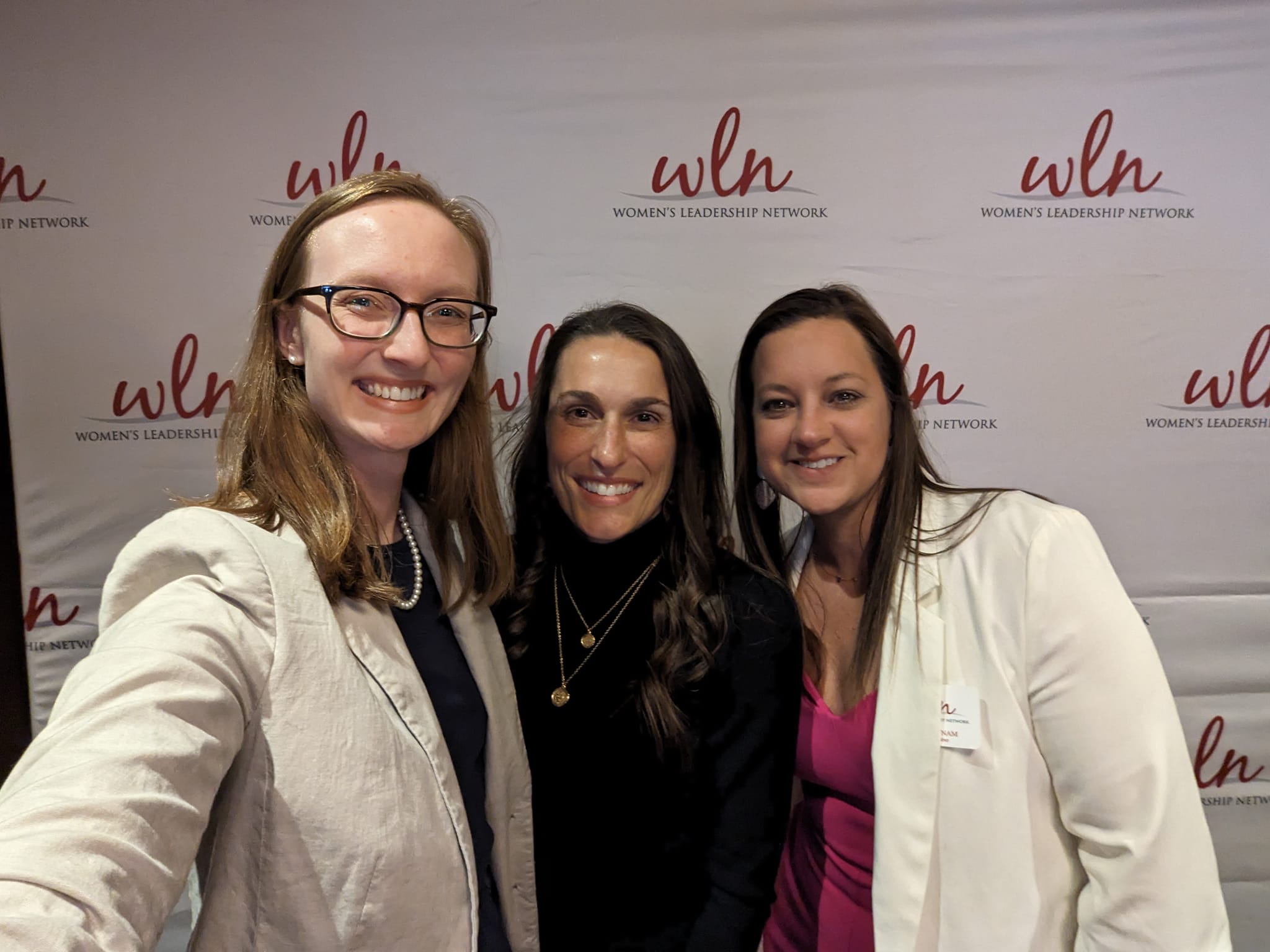With the onset of COVID-19 and a shift in available (and safe) activities, many people have been choosing the outdoors for their activities now more than ever. Communities and individuals are looking for outdoor recreational options, with trails at the top of that list.
Winter Trail Use
Trails allow people to get outdoors and be active in a safe space where they don’t have to worry about social distancing. That doesn’t have to stop as the weather gets cooler. There are plenty of options for winter trail use, including cross-country skiing, snowshoeing and sledding. Some trails have snow removal maintenance allowing year-round use for walking or biking as well. Paved trails are a great option in the winter and early spring as the ground freezes and melts.
Trail Design
It’s important to make trails multi-functional for the communities they serve. Trails can be more than a simple walking path. They can serve as an outdoor learning center and include features such as a limestone compass, ponds or signage. They are destinations for fitness and can include exercise equipment along the paths. They can also simply be a place to take in the view.
When designing trails, it’s important to keep these design aspects in mind:
- Accessibility for users of all ages and capabilities.
- Public amenities including restrooms, water fountains and adequate parking.
- Safe road crossings with visibility for pedestrians and drivers.
- Low maintenance for those maintaining the trails.
To allow ongoing use during the winter months, drainage considerations during trail design are especially important so the snow melt doesn’t run across the trail and create “black ice” for users.
Funding Options
While budgets may be tight due to COVID-19, funding options may be available to your community. Those funding sources might come from the Department of Transportation, Department of Natural Resources or grants from different foundations.
Trails and recreational amenities help bring communities together and offer individuals opportunities to get outdoors during the pandemic.

